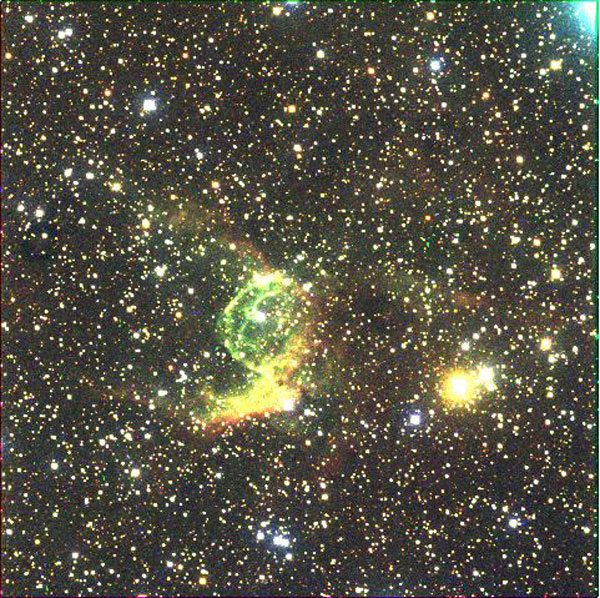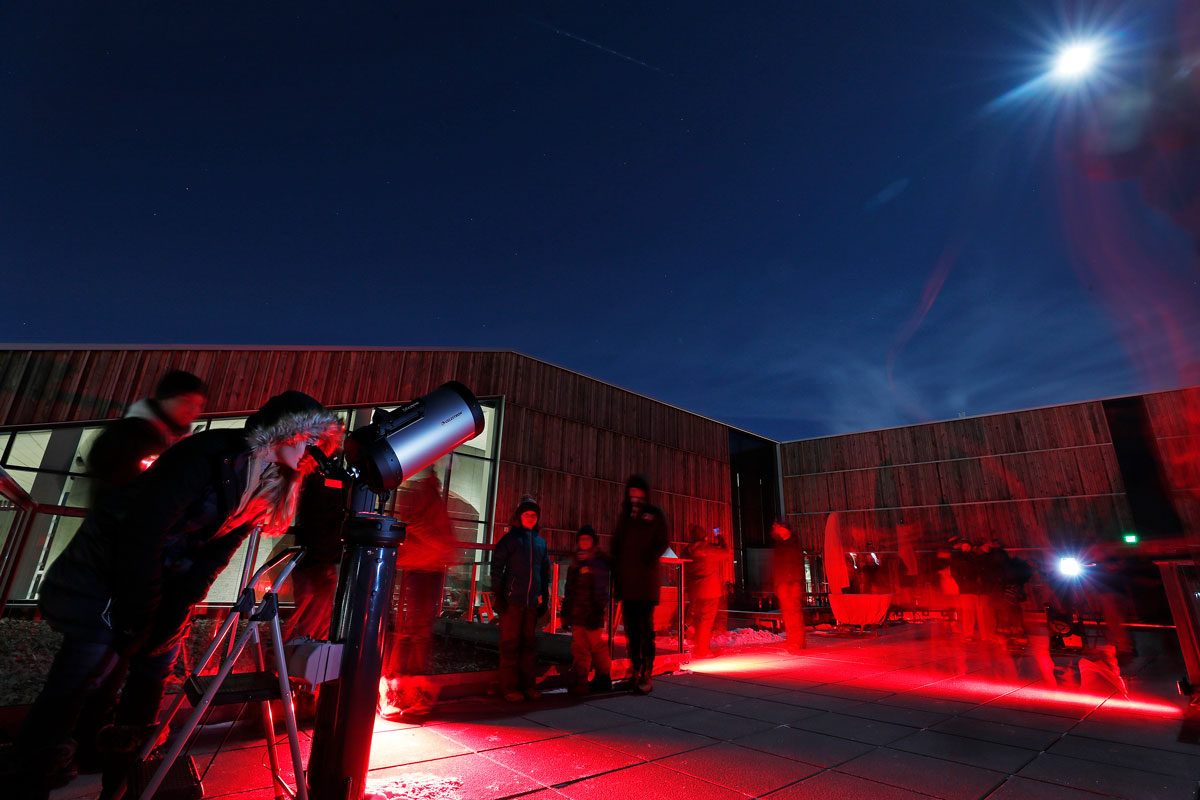As a woman in science, Sally Brummel, MEd ’16, has discovered the stories of many pioneering women across the STEM disciplines—science, technology, engineering, and mathematics.
Take Cecilia Payne-Gaposchkin (1900-79) who discovered what the sun was made of, or astronomer Annie Canon at Harvard (1863-1941), a giant in the classification of stars. Henrietta Levitt was an astrophysicist who worked as a “computer” at the Harvard College Observatory in the 1920s.
The striking thing, says Brummel, is that “these women didn’t give up and go home.” As for aeronautical pioneer Jeannette Piccard, ’42, first woman in the stratosphere, “she had to make a leap,” Brummel says.
Her colleague Sarah Komperud, MEd ’12, adds, “[Jeannette Piccard] must have been very self-motivated…she had to know her own abilities.”
Brummel and Komperud are leaders, too. Both are alumni of the master of education program in the Department of Curriculum and Instruction. Today they are two of four full-time staff members for the Whitney and Elizabeth MacMillan Planetarium at the University’s Bell Museum—manager and programs coordinator, respectively.

Brummel recently wrote One Giant Leap, an original Bell production celebrating the 50th anniversary of the first Moon landing, which Piccard worked so hard to make possible. The museum’s “Year of Apollo: The Moon and Beyond” continues into the fall, celebrating the past and looking forward “to a new era of inspiration, innovation, and discovery.”
Komperud teaches astronomy across a range of programs including a traveling planetarium, called the ExploraDome, and Skynet Scholars, where middle schoolers learn to operate research-grade telescopes through the internet.
“In first grade, I wanted to be an astronaut,” Komperud grins. “It was my love of telescopes that convinced me to major in physics, and here I can work with them every day!”

Brummel and Komperud both majored in physics as undergraduates, started grad school in astrophysics, then discovered their love of educational programs by working in planetariums, Brummel in Maryland and Komperud in New Jersey. In Minnesota’s STEM education program, they found the flexibility and support that prepared them for teaching outside traditional classrooms.
Next year, Brummel looks forward to bringing a play about Henrietta Levitt to the planetarium at the Bell Museum. Silent Sky will be produced by a local theater company in a collaboration with the planetarium and museum.
Komperud is excited to create learning environments like Skynet Scholars, where gender equity is a reality.
Closing the gender gap in STEM
Barbara Billington, a member of the STEM education faculty in the Department of Curriculum and Instruction, has studied gender equity.
“We know there is no big gap in what girls and boys can do in terms of STEM,” says Billington, “but men still outnumber women in most STEM careers.” Only 20 percent of computer scientists are women, for example.
Billington has made it a priority to find and help to create resources that can turn girls onto STEM. She has contributed to TPT’s SciGirls initiative, including short, fun role-model videos about women in STEM, some right in the Twin Cities. She cites six strategies that teachers, counselors, and other adults can use to support a girl’s growing STEM identity and encourage her to consider a STEM career.
“The biggest one of those six is the sharing of female STEM role models,” says Billington. “This can have a lasting impact on girls.”
Read more about the Bell Museum and the MacMillan Planetarium.
Learn more about STEM education and the Department of Curriculum and Instruction.
Return to Heaven and earth, the story of Jeannette Piccard.
Story by Gayla Marty | Photos courtesy of the Bell Museum | Fall 2019
 At a total lunar eclipse overnight party January 20–21, Sarah Komperud, ’12, was on the observation deck to welcome more than 1,300 to the Bell in brutally cold weather, many viewing through a telescope for the first time. Photo by Eric Miller.
At a total lunar eclipse overnight party January 20–21, Sarah Komperud, ’12, was on the observation deck to welcome more than 1,300 to the Bell in brutally cold weather, many viewing through a telescope for the first time. Photo by Eric Miller.